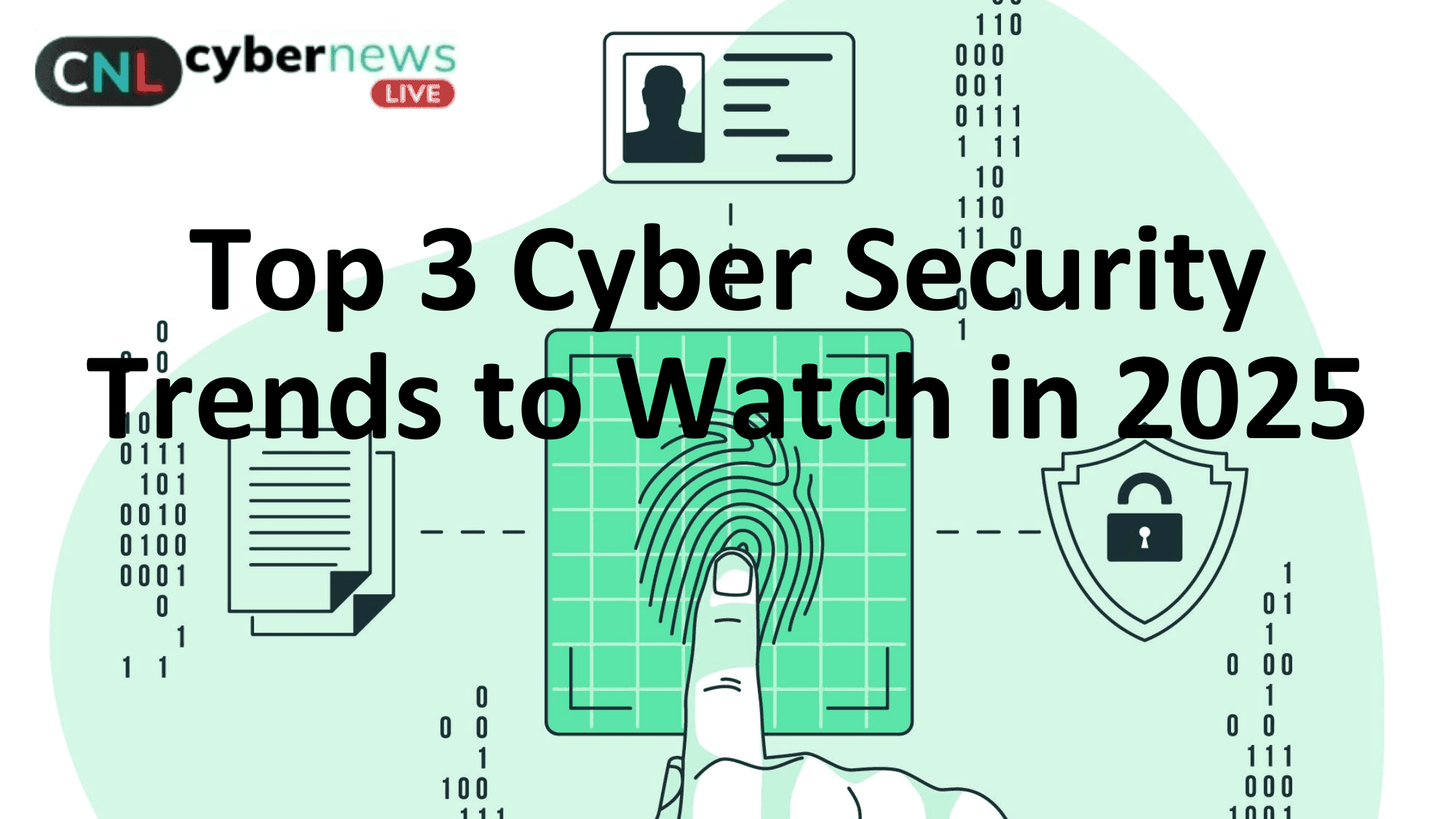
Top 3 Cybersecurity Trends to Watch in 2025
Introduction
Over 422 million data breaches occurred worldwide during the third quarter of 2024—a clear sign that we’re living in a time of serious data insecurity.
As new technologies are there to protect, vice versa happens in exploiting personal information too.
Guess what? This is not all the bad news! We have opportunities to protect our data. Let’s explore the top three cybersecurity trends of 2025 to prioritize data privacy.
Zero Trust Architecture:
Zero Trust Architecture (ZTA) is the leading cybersecurity framework, designed to prevent data breaches and limit internal lateral movement. ZTA verifies the user’s device, location, and application before it grants access to resources.
When balanced with existing cybersecurity policies, ZTA can act as a greater protection against common threats.
ZTA’s principle – “Never trust, always verify”!
Key Components of the Zero Trust Architecture Working Principle
- Identity Verification: As mentioned above, ZTA verifies each user, device, and application before accessing any resource. This happens with proper authorization and authentication such as multifactor authentication, behavioral biometrics, and other identity-proofing methods.
- Least Privilege Access: Users get only minimum access to perform their tasks.
- Micro-Segmentation: ZTA divides networks into smaller zones to reduce lateral movement, in case of any breach.
- Continuous Monitoring: The system continuously monitors all the access and blocks or flags any interruptions immediately.
- Data Protection: ZTA applies encryption at all stages of data handling, to make the data remain safe in transit and the rest of the period.
- Dynamic Policies: Security policies are flexible considering the state of the device, user actions and other contexts.
Who Benefits from Zero Trust Architecture
Implementing ZTA requires careful planning and execution. Now, let’s see who gets the benefits of ZTA when implemented.
Remote Work Policies: The trend to work from home has been tremendously increased and companies can provide secure access for employees without any need for traditional network perimeters.
Cloud-based Companies: With many relying on cloud-based services, ZTA offers improved compliance, efficiency and increased visibility to secure cloud environments.
Regulated Industries: Highly regulated sectors like healthcare, finance and many industries that are bound by compliance, find ZTA helpful as it measures threats with micro-segmentation and robust identity.
“ZTA acts as a key in protecting your digital assets.”
Blockchain Technology:
Blockchain is a digital system that allows a secure and transparent data transaction. It is a foundation for records of transactions that cannot be altered, deleted or destroyed.
Blockchain gets rid of the centralized points of vulnerability, creating a robust framework for cybersecurity.
How Blockchain Technology Helps in Cybersecurity
Decentralized Identity Management: With Blockchain technology, one can create and manage their identities and it enables them to decide which information to share, with whom, and under what circumstances.
This enhances privacy on databases and as well as reduces data breaches.
Tokenization of assets: Blockchain represents sensitive data as tokens, which acts as an additional layer of security.
By tokenizing the digital assets, it will create a more secure and efficient system for transferring data.
Data Integrity and Immutability: Blockchain’s nature works as, if the data is once recorded, no one can alter the data. Every node across the network holds a copy of the ledger, so there is no single point of failure. This redundancy makes blockchain reliable for any critical applications requiring security in any transactions.
Who Benefits from Blockchain in Cybersecurity
Individual users, governments, healthcare, enterprises and financial sectors use blockchain technology to protect sensitive data, prevent fraud and safeguard records.
“In 2025, blockchain will transform cybersecurity, providing unparalleled data protection and operational trust.”
Quantum Cryptography:
Quantum cryptography is the next future of cybersecurity. It is based on the principles of quantum mechanics rather than some assumptions on computational abilities. So, it is fundamentally “Secure”.
One of the key developments in this field is post-quantum cryptographic algorithms. This algorithm helps in resisting any kind of quantum attack using different mathematical approaches such as lattice-based and code-based cryptography.
How Quantum Cryptography Helps in Cybersecurity
Real-Time Intrusion Detection: Quantum technology can tell if someone tries to peek at your secure data because it changes when touched. This means any hacking attempt gets noticed right away.
Strong Encryption: Quantum cryptography uses principles like superposition and entanglement to detect any anomalies among encrypted data.
Healthcare industries are testing Quantum Key Distribution (QKD) technology to securely transmit patient records and for medical research.
Authentication and Data Integrity: As mentioned already, QKD verifies the identity of users before granting access, so it is impossible for any unauthorized parties. Quantum states ensure that transmitted data remains trustworthy.
Who Benefits from Using Quantum Cryptography
Government and Defense agencies use it for highly sensitive information to remain confidential.
Finance, Banking, and Healthcare industries secure customer data and online transactions using quantum cryptography.
Quantum-secured networks ensure that communication between devices and users remains private, even over large distances.
“China’s Quantum Satellite (Micius) — demonstrates the use of quantum cryptography for secure communications over long distances.”
Conclusion:
As technologies evolve, running your business safely and securely in upcoming years requires a comprehensive approach.
Always back up your data regularly and use tools like Multifactor authentication, encryption, and threat detection.
Check your security systems regularly, stay alert, and update your security trends.
“Cybersecurity is a continuous process, not a one-time fix.”
Stay tuned to Cyber News Live for more stories about the people shaping the future of cyber security.
This article was authored by Subashini Abishek. If you’d like to be a freelance journalist, writer, or weekend warrior with Cyber News Live, please email us at contact@cybernewslive.com. Thank you!

